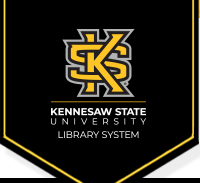A Direct, Competitive Enzyme-Linked Immunosorbent Assay (ELISA) as a Quantitative Technique for Small Molecules
Document Type
Article
Publication Date
12-2012
Abstract
ELISA (enzyme-linked immunosorbent assay) is a widely used technique with applications in disease diagnosis, detection of contaminated foods, and screening for drugs of abuse or environmental contaminants. However, published protocols with a focus on quantitative detection of small molecules designed for teaching laboratories are limited. A competitive, direct ELISA used to detect and quantify levels of digoxin, a cardiac glycoside, is described. Unique features of this lab include collecting data in quadruplicate followed by statistical analysis of replicates using a Q-test. Use of a microplate reader for measuring absorbances makes data collection extremely quick. Students plot their average absorbance versus log concentration digoxin and fit data to a third- or fourth-order polynomial. They also examine the maximum and minimum absorbance for the assay, determine the region of linearity, and then fit the linear region to a straight-line equation that can be used to determine the concentration of an unknown. The experiment can be completed in a 3-h period and is suitable for upper-level biochemistry, chemistry, and biology students. Although students find understanding a competitive ELISA more challenging than some other experiments, they enjoy learning about this commonly used laboratory technique.

